Category: Health
-
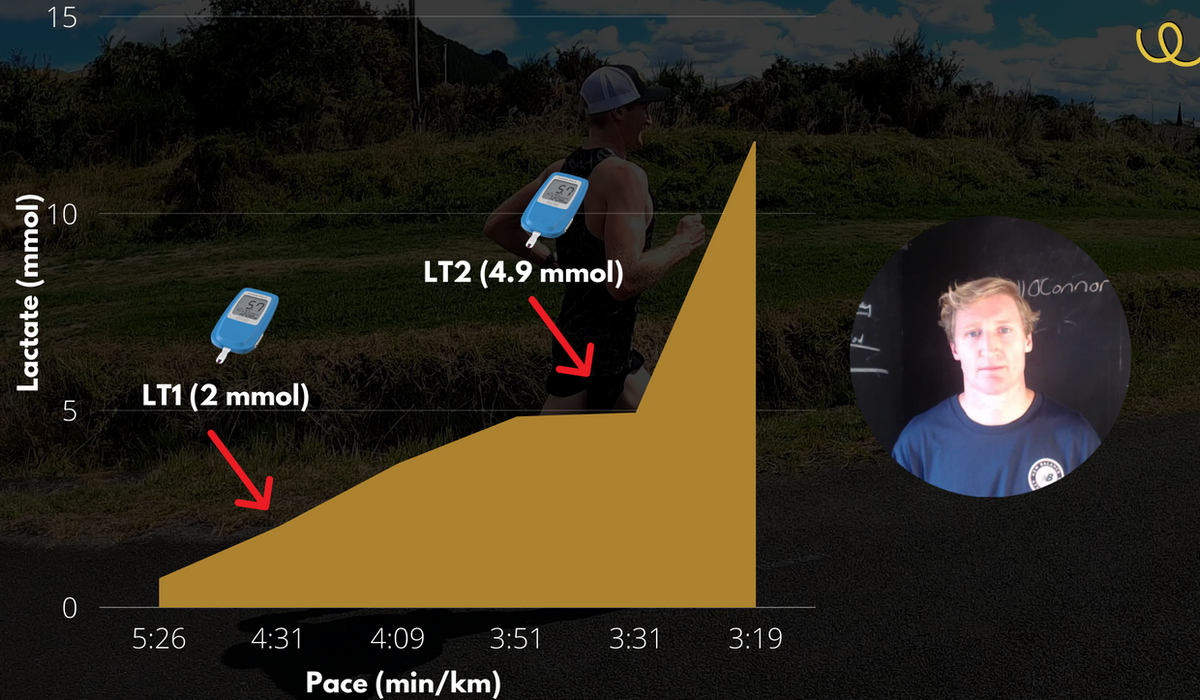
Lactate Testing To Set My Training Zones. Returning From Injury
Throughout my time in endurance sport and sports science, I’ve been a self-experimenter. I’m always keen to test out new methods of training and new ways to monitor training on myself to see whether there is any benefit to applying them to my athletes’ training plans. My latest interest is in lactate control training, an…
-
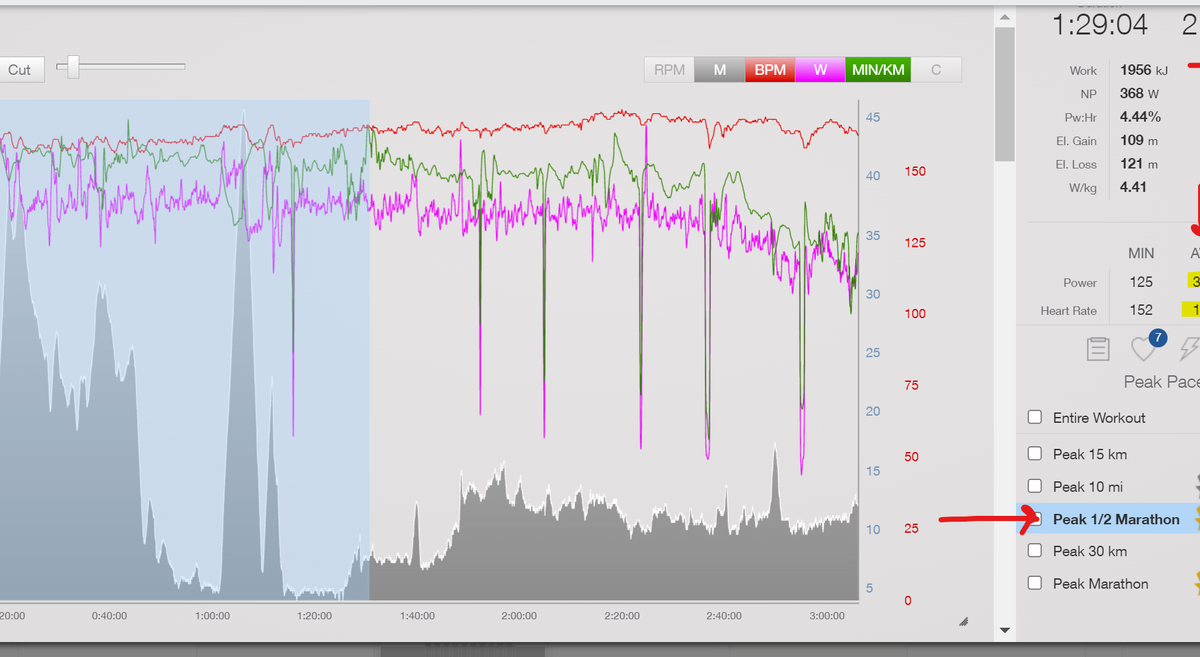
Using Data to Run a Faster Marathon
This is Steve. Steve entered a marathon, aiming to run it in sub 3 hours but ended up with a time of 3:06:36. But did Steve go out too hard? After running the first half of his marathon in 1:29:04, Steve followed up with a second half of 1:37:22, a decrease in average pace…
-
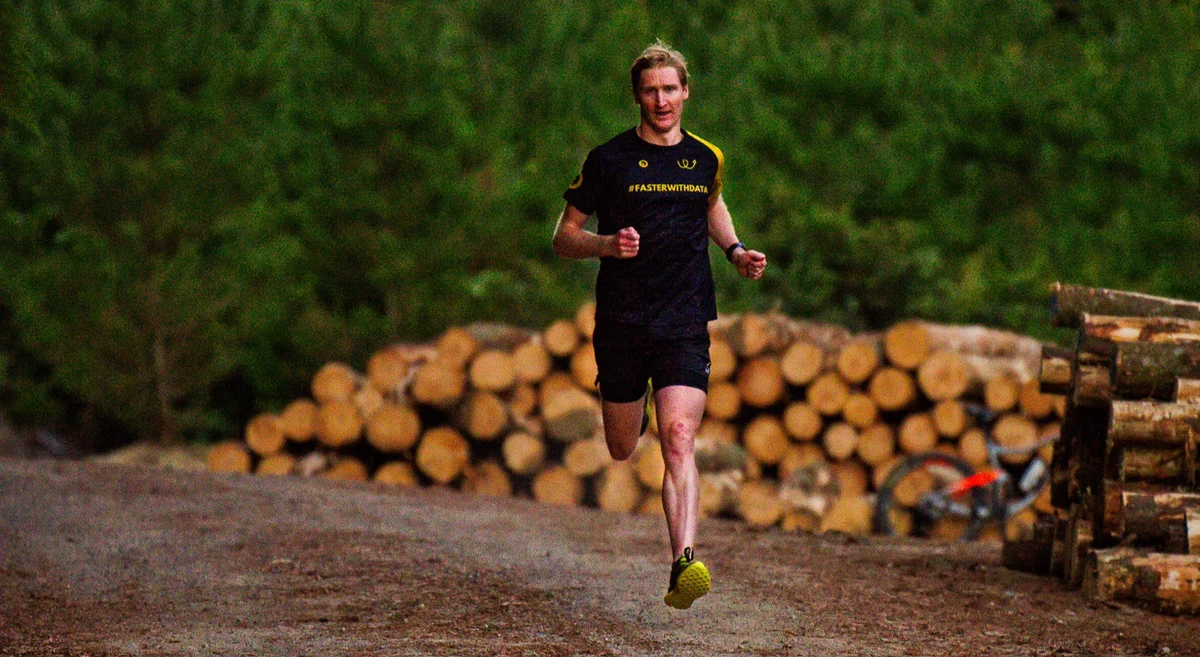
How I used a running power meter to increase my running cadence and improve my running economy.
“To travel further, a runner typically has to propel themselves higher to prevent their feet hitting the ground. This increase in vertical oscillation (VO) requires the length of each foot strike to increase to allow the runner to “catch” themselves when landing and then push off again to “throw” their body back into the air.…
-
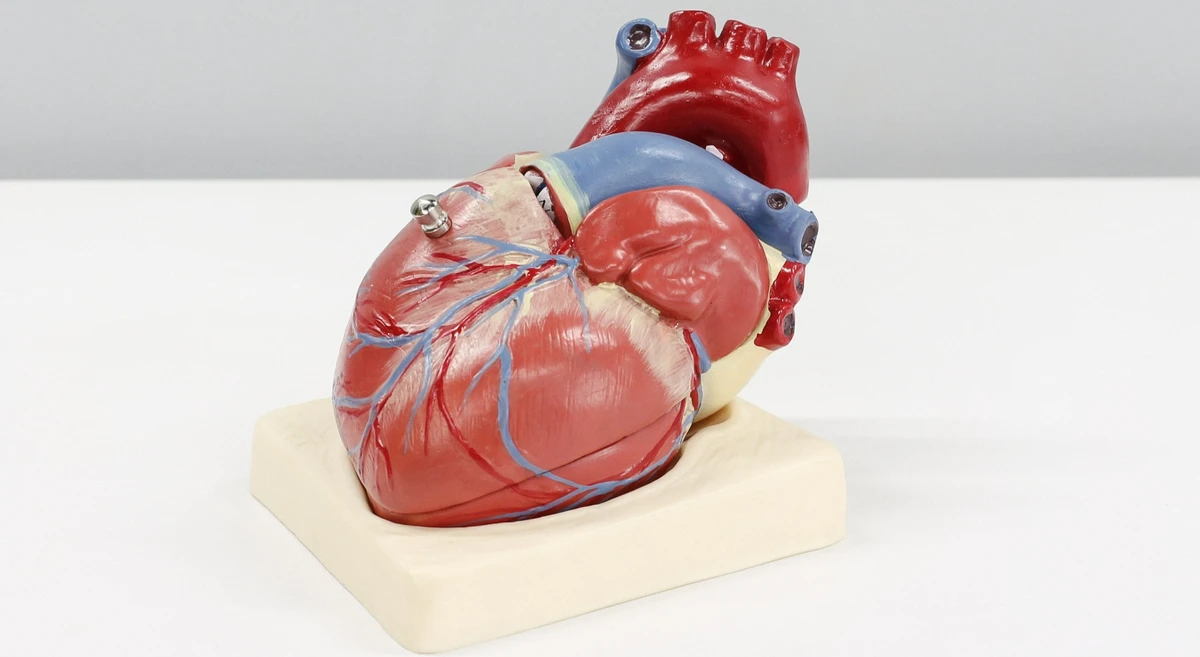
Five Reasons NOT to Train With Heart Rate.
“Despite the increased ease of heart rate measurement through the development of wrist-based sensors, many athletes and coaches have moved away from heart-rate-based training.” Click here Cardiovascular vs Metabolic Cardiovascular vs Mechanical Pacing at the start of a race (short or long) Training load for intervals Reliability with wrist-based heart rate Heart Rate Defined. The…
-

Getting A Sacral Stress Fracture From Running
This blog is as much for me, as it is for others, as I try to figure out how I went from running the fastest times in my life to having a stress fracture in my sacrum. “Warden et al (2021) reported that bone stress injuries symptoms typically begin appearing approximately 3-4 weeks following a…
-
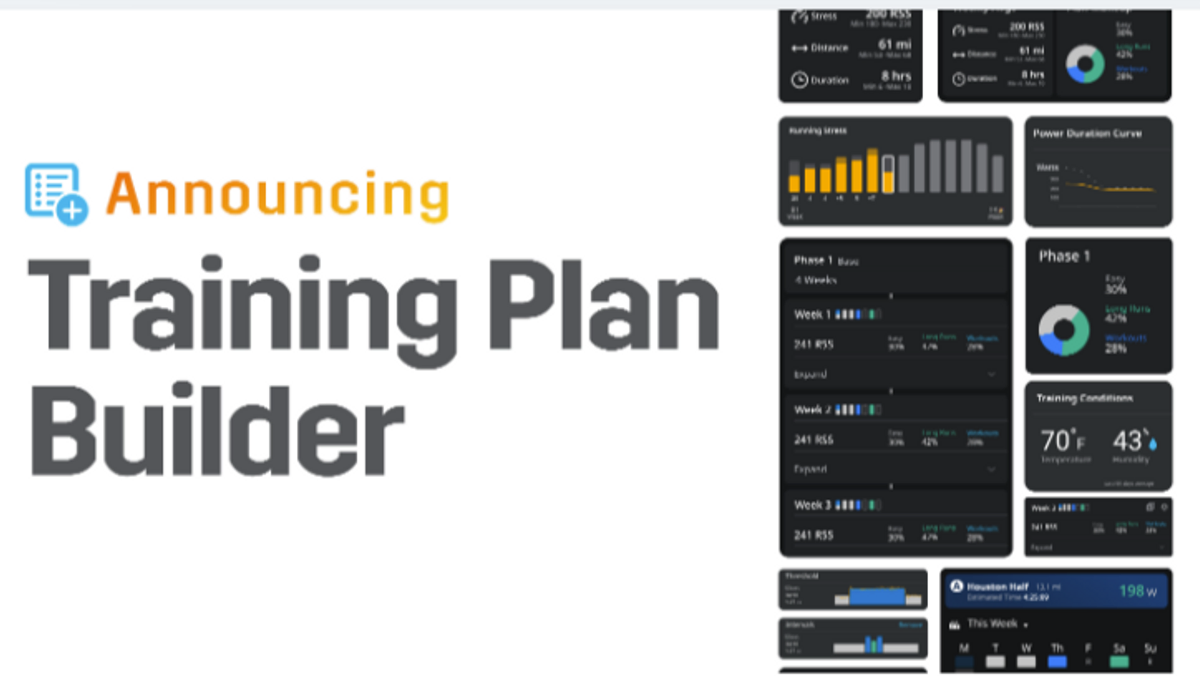
Reviewing Stryd’s New Features
“As far as I’m aware, no one is looking to purchase Stryd, but I could probably see an acquisition by Coros, Garmin, or even TrainingPeaks to try an acquire thier software or hardware tech.” https://youtu.be/bYglHuSwUTs Transcript Dr Will O’Connor 00:03 Stryd has recently released some major updates. One of them being the integration of training…
-

Should I Use Heart Rate or Pace for Running?
Both! I always cringe when I use the term ‘it depends’, but that’s the sports scientist in me. Zone 1 – Zone 3 = Heart Rate. Zones 1 to 3 are the only steady-state zones, which means your physiology can reach a relative balance of supply and demand. We can rely on heart rate to…
-
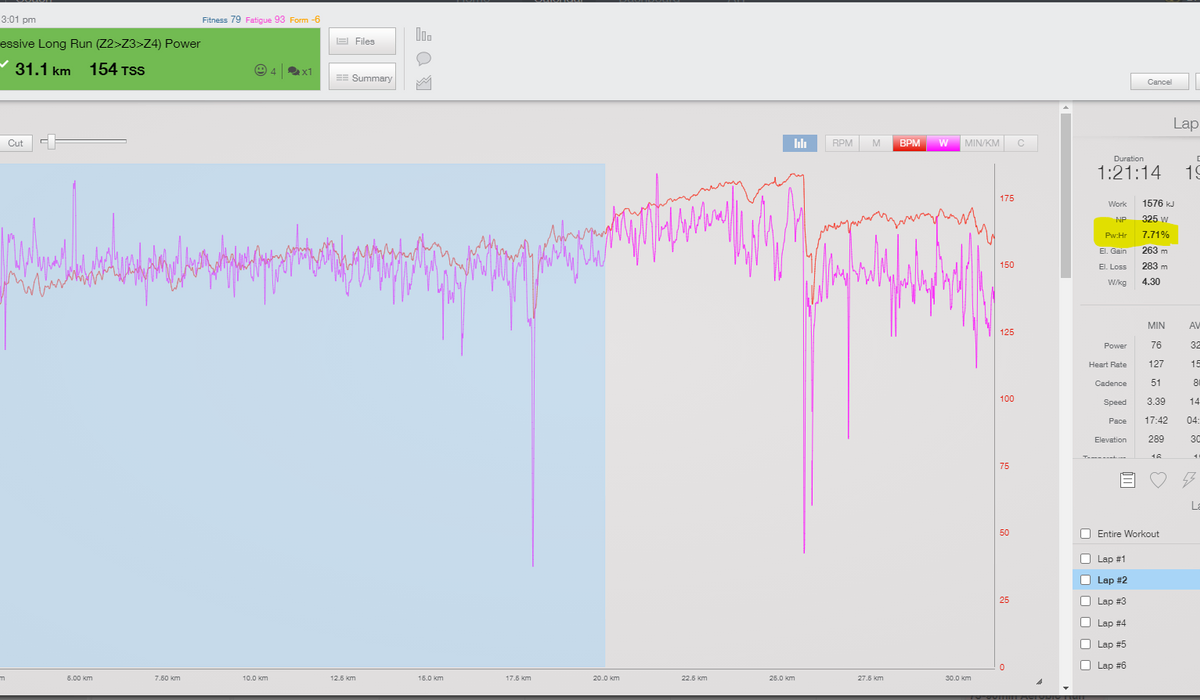
Analysing A Marathon Training Session in TrainingPeaks
The five pillars of quick analysis was designed by myself by Dr Matt Miller in our Sports Science Masterclass. It provides a quick and effective way to analyse training sessions. 1. What was prescribed? 1 km warm-up power zone 1 19 km in power zone 2 5 km in power zone 3 (marathon power output)…
-

Nasal Strips, Fad Science or Performance Enhancer?
A nasal dilator is a narrow strip of flat plastic, with an adhesive on one side that is folded over the soft part on the nostrils such that it exerts a slight springing action to spread the nostrils.Multiple published studies have reported the opening of the nostrils significantly reduces snoring. As with a lot of…
-
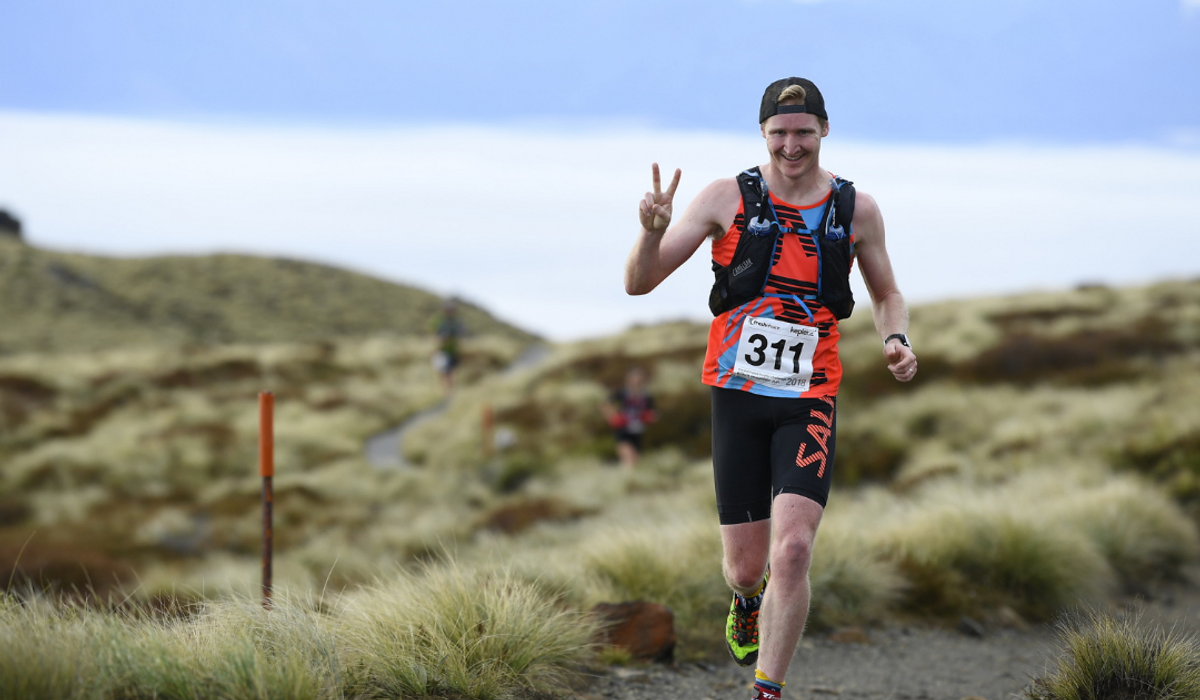
What I Learnt from Running 100km with a Power Meter (yes running).
At the end of 2016, I ran the inaugural Taupo Ultramarathon 100km event along the stunning Great Lake Trail which runs from the western to the eastern side of Lake Taupo, New Zealand. This was to be my first ultramarathon and being a sports scientist I wanted to get as much data as possible. To…